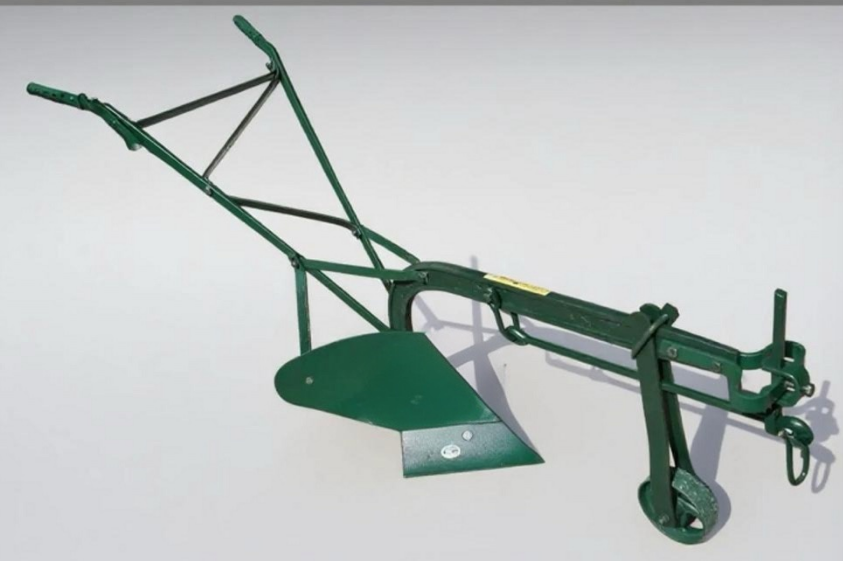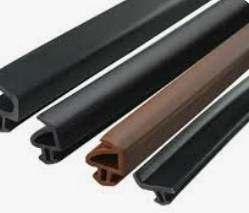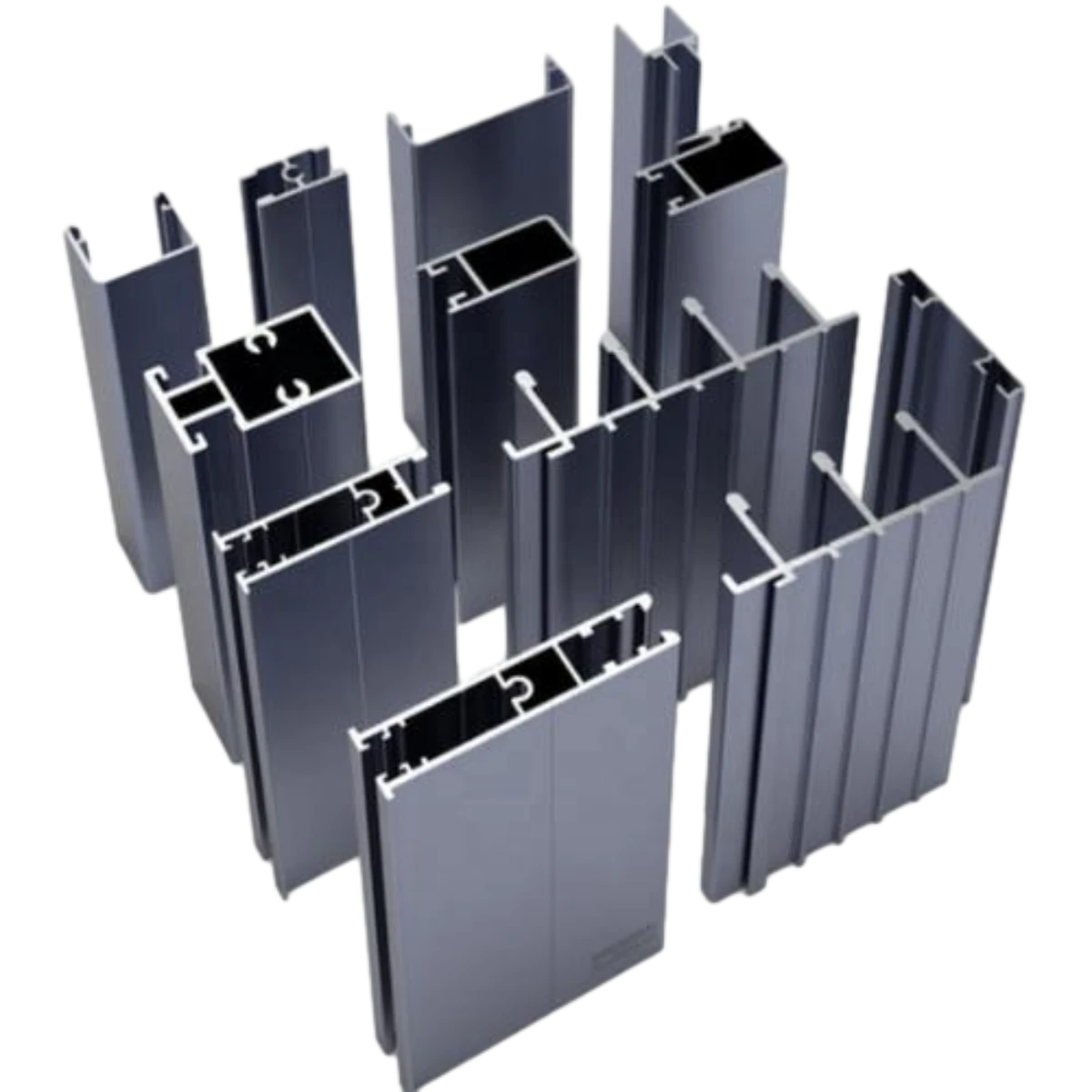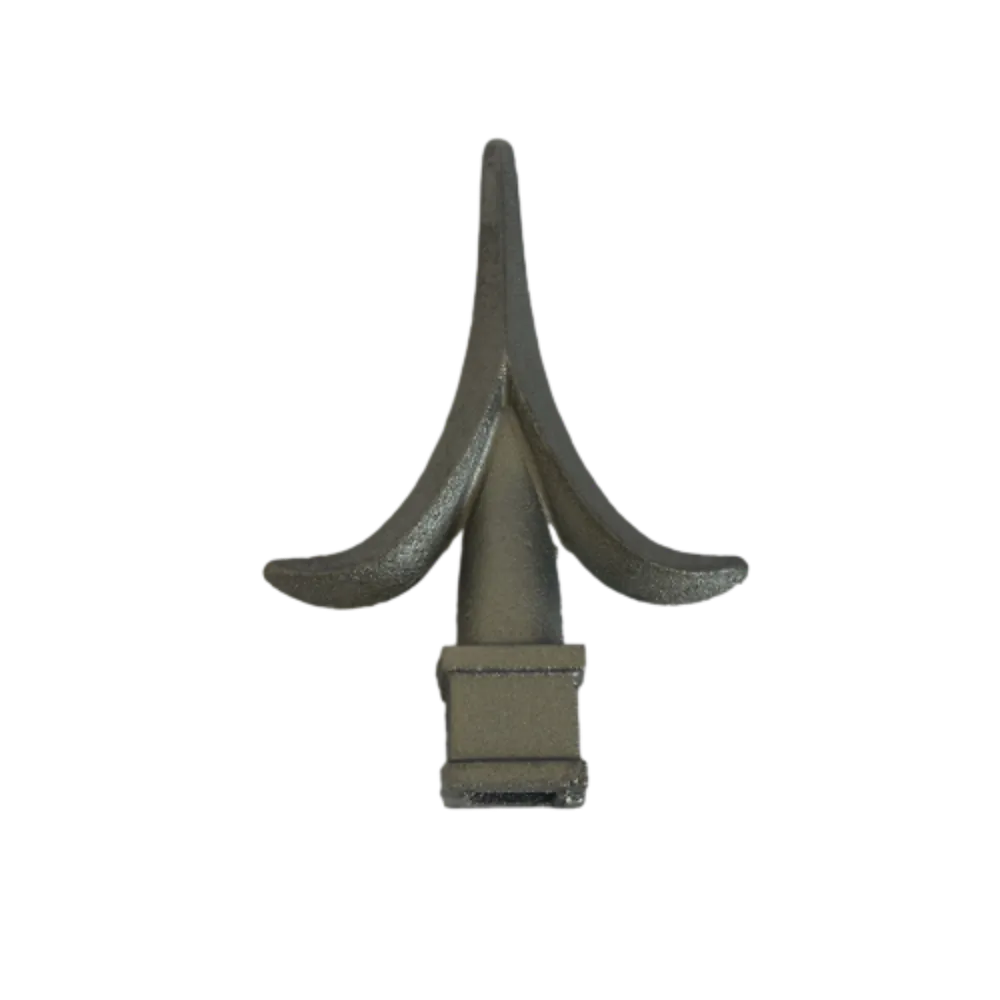sliding screen door adjustable rollers
Sliding Screen Door Adjustable Rollers An Essential Guide for Homeowners
When it comes to enhancing your home’s functionality and aesthetics, sliding screen doors are often overlooked. These fixtures do more than just provide ventilation; they are essential for keeping pests out while allowing fresh air to circulate. One of the most critical components of a sliding screen door is its adjustable rollers. Understanding how these rollers work and how to maintain them can significantly improve the life and efficiency of your screen door.
What are Sliding Screen Door Adjustable Rollers?
Sliding screen doors utilize rollers to glide smoothly along their tracks, facilitating easy opening and closing. Adjustable rollers are a particular type of roller that allows users to modify the door's height and alignment. This adjustability is vital because it ensures that the screen door operates correctly, preventing it from sticking or falling off the track. Each roller typically consists of a wheel that runs along the track and a mechanism that allows for height adjustment.
Why Are They Important?
1. Smooth Operation One of the primary benefits of adjustable rollers is that they contribute to the smooth functioning of the sliding screen door. If the rollers are not adjusted correctly, the door may drag or skip, which can lead to wear and tear over time.
2. Alignment and Fit An improperly aligned door not only compromises its operation but also its appearance. Adjustable rollers allow homeowners to tweak the door’s positioning, ensuring a snug fit against the frame that reduces gaps and enhances energy efficiency.
3. Ease of Maintenance Regular maintenance of the rollers can extend the life of your sliding screen door. By making necessary adjustments, you can prevent issues like wear on the tracks and rollers, which might lead to more significant repairs in the future.
How to Adjust Your Sliding Screen Door Rollers
Adjusting the rollers of a sliding screen door is a straightforward process that most homeowners can handle without professional assistance. Here’s a step-by-step guide
sliding screen door adjustable rollers

1. Inspect the Door Begin by examining the door to identify any issues. Is it difficult to open? Does it seem misaligned? These clues will help determine how much adjustment is needed.
2. Locate the Rollers Most sliding screen doors have adjustable rollers at the bottom. To access them, you may need to remove any decorative end caps or covers.
3. Adjust the Height Use a screwdriver to turn the adjustment screw on each roller. Turning the screw clockwise typically raises the door, while turning it counterclockwise lowers it. Make small adjustments, testing the door’s operation after each tweak.
4. Check for Level With the door slightly open, place a level on top of the door to ensure it’s even. Adjust the rollers as necessary until the door is level.
5. Test the Door Once you’re satisfied with the adjustments, slide the door open and closed a few times to ensure smooth operation. If it still sticks or drags, further adjustments may be required.
Maintenance Tips
- Regular Cleaning Keep the tracks and rollers clean from dirt and debris. Periodic cleaning will prevent buildup that can impede functionality. - Lubrication A silicone-based lubricant can help keep the rollers gliding smoothly. Avoid using oil-based lubricants, as they can attract dust and grime.
- Routine Checks Regularly inspect the door and its components for wear and tear. Early detection can save you time and money on repairs.
Conclusion
Sliding screen door adjustable rollers play a pivotal role in the functionality and longevity of your screen door. By ensuring that these rollers are correctly adjusted and maintained, homeowners can enjoy the benefits of fresh air circulation without the intrusion of pesky insects. Simple adjustments, regular maintenance, and a bit of attention can dramatically enhance your indoor-outdoor living experience, making your home more comfortable and inviting. Embrace the ease of sliding screen doors, and don’t forget to give those adjustable rollers the care they deserve.
-
Plough Wheel Cast Iron Material Enhances Load-BearingNewsNov.10,2025
-
Cast Iron Cooking Stove Heat Retention Ensures Even Food HeatingNewsNov.10,2025
-
Rubber Strip Shock Absorption Protects Window EdgesNewsNov.10,2025
-
Aluminum Profiles High Corrosion Resistance Suits Coastal AreasNewsNov.10,2025
-
Window Handle Aluminum Material Ensures Lightweight DurabilityNewsNov.10,2025
-
Sliding Roller Plastic Housing Fits Aluminum Sliding WindowsNewsNov.10,2025
-
 Plough Wheel Cast Iron Material Enhances Load-BearingNov-10-2025Plough Wheel Cast Iron Material Enhances Load-Bearing
Plough Wheel Cast Iron Material Enhances Load-BearingNov-10-2025Plough Wheel Cast Iron Material Enhances Load-Bearing -
 Cast Iron Cooking Stove Heat Retention Ensures Even Food HeatingNov-10-2025Cast Iron Cooking Stove Heat Retention Ensures Even Food Heating
Cast Iron Cooking Stove Heat Retention Ensures Even Food HeatingNov-10-2025Cast Iron Cooking Stove Heat Retention Ensures Even Food Heating -
 Rubber Strip Shock Absorption Protects Window EdgesNov-10-2025Rubber Strip Shock Absorption Protects Window Edges
Rubber Strip Shock Absorption Protects Window EdgesNov-10-2025Rubber Strip Shock Absorption Protects Window Edges












